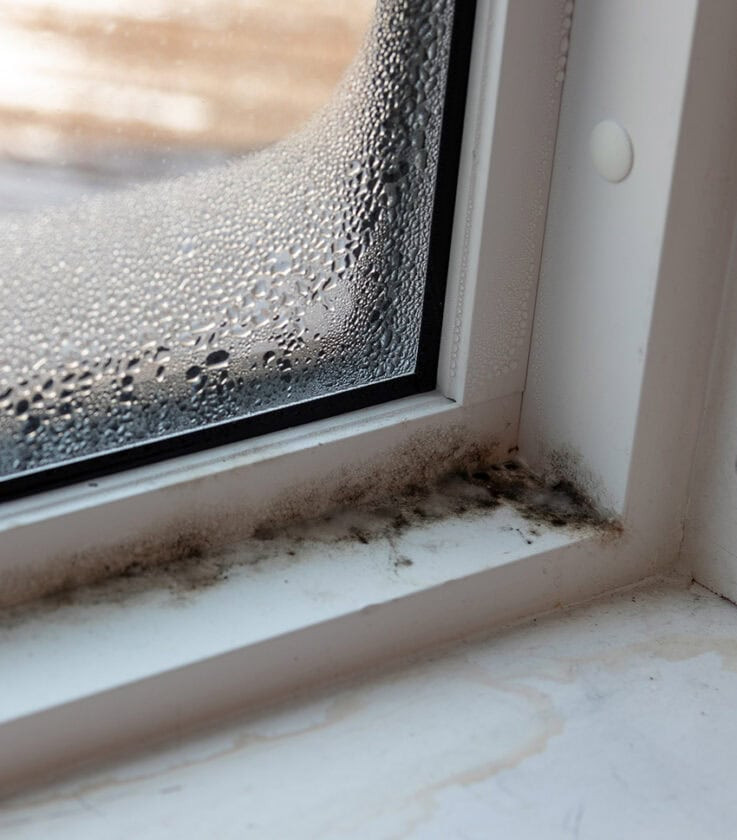ADVERTISEMENT
Smooth surfaces: Smooth surfaces are easy. Dish detergent and water are enough to wipe away the mold. Once you’ve cleaned the surface, dry it thoroughly and congratulate yourself on a job well done.
Porous surfaces: As noted above, you may have to throw out moldy sheetrock, ceiling tiles, or other porous materials. Even if you can kill of most of the mold, you likely won’t be able to get rid of the stain and the mold may grow back.
Wood: Though wood is a porous surface, you can clean it using vinegar (a 1:1 ratio of water and vinegar is your best bet) and by giving it a good sanding. If vinegar doesn’t do the trick, borax is your next defense. Mix one tablespoon per cup of water, scrub it into the wood (use a toothbrush or other soft-bristled brush) and really allow it to soak in. Normally, you don’t want to add to the moisture issue, but in this case, you want to allow it to soak in and get into the crevices so it can kill off the mold deep within the wood. Let it sit for a few hours and then dry it as much as possible and use a dehumidifier or a fan to continue the drying process. When it’s dry, you can sand away any persistent mold with 100-grit paper.
Rugs: If you are treating a musty-smelling rug, you can spray a half-and-half mix of vinegar and water on the rug (without soaking it – you don’t want to add to the moisture problem) and sprinkle baking soda on top. Leave it there overnight, if possible. If not, give it as long as you can before vacuuming it up. Use this technique for rugs that do now show signs of mold. If it’s been infested with mold, you will have to throw it away.
Make sure it doesn’t come back
Mold remediation doesn’t rid your house forever of mold. Mold spores are everywhere, so the only thing anyone can do is take steps to keep it at bay. To do that, you have to keep the moisture levels in your house low. Water and moisture can find their way into your house in a multitude of ways, through cracks in your foundation, mulch too close to your house, openings around your eaves, water breaks within your walls, humidity from the air outside—the possibilities are endless, so you just have to keep your eyes open and clean up wet surfaces when you see them.
Once you’ve wiped up obvious areas of dampness or standing water, use a fan and/or a dehumidifier to keep the area as dry as possible. There are a variety of options when it comes to dehumidifiers, so make sure you get one that is the appropriate size for the space it needs to keep dry. If you’re getting one for your basement, you may want one that will pump directly to the outdoors so you don’t have to worry about emptying it.
SEE NEXT PAGE
ADVERTISEMENT
